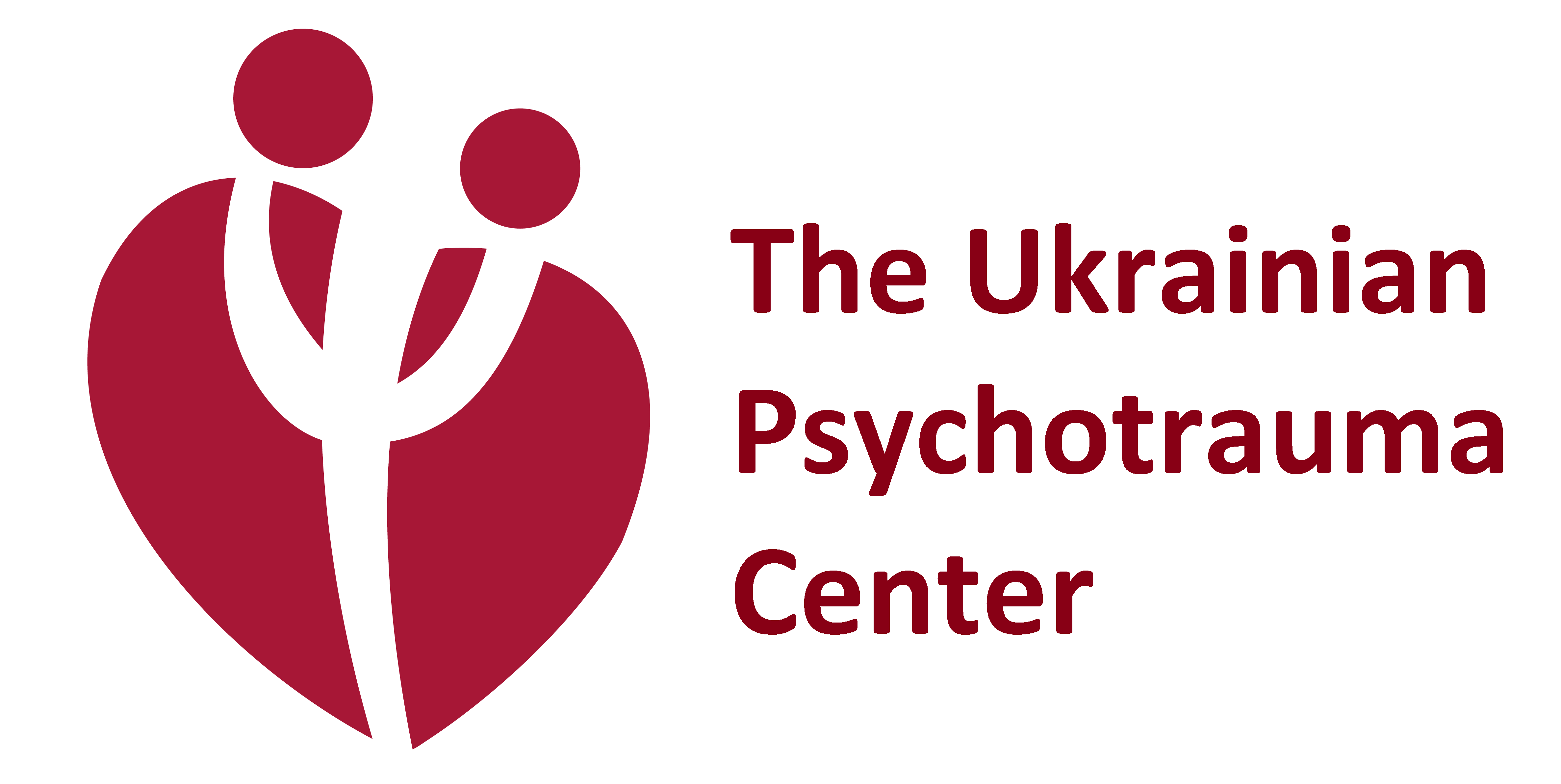What is first-line therapy for PTSD?
Current guidelines recommend Cognitive behavioral therapy (CBT) as the most effective treatment for PTSD. CBT usually involves meeting with a therapist weekly for up to four months. The two most effective types of CBT for PTSD are Cognitive Processing Therapy (CPT) and Prolonged Exposure (PE).
In CPT the therapist and patient examine what the patient is thinking and telling himself about the trauma and together they decide whether those thoughts are accurate or inaccurate. It can be done individually or in a group.
PE works through repeated exposure to thoughts, feelings, and situations that the patient has been avoiding and helps the patient learn that reminders of the trauma do not have to be avoided. PE is done individually with a therapist.
Reconsolidation of Traumatic Memories (RTM) is a novel treatment that seeks to alter key aspects of the target memory (e.g., color, clarity, speed, distance, perspective) to make it less impactful, and reduce nightmares, flashbacks, and other features of PTSD. The memory is reviewed in the context of an imaginal movie theater, presenting a fast (~45 sec) black and white movie of the trauma memory, with further adjustment as needed so the patient can comfortably watch it. Open and waitlist studies of RTM have reported high response rates and rapid remission, setting the stage for this randomized, controlled, single-blind trial comparing RTM versus prolonged exposure (PE), the PTSD therapy with the strongest current evidence base.
_____________________________________________________________________________________________
Що таке терапія першого показу для лікування ПТСР?
Згідно з сучасними протоколами лікування ПТСР, травмо-фокусована когнітивно-поведінкова терапія (ТФ-КПТ) є однією з найпоширеніших форм психотерапевтичної допомоги. Зазвичай вона передбачає зустріч із спеціально навченим та акредитованим терапевтом на 1-годинному занятті щотижня протягом 3-4 місяців.
Реконсолідація травматичних спогадів (РTС) – це новий метод лікування, який спрямований на зміну різних модальностей відчуттів (наприклад, кольору, чіткості, швидкості, відстані) у відтворенні травматичної події. Пам’ять розглядається у контексті уявного кінотеатру, у якому демонструється швидкий (не довший ніж 45 секундний) чорно-білий фільм про травматичну подію, а згодом кольоровий фільм про цю ж подію у зворотному напрямку не довше ніж 2 секунди. Також клієнту надається можливість відредагувати сценарій фільму про травматичну подію для досягнення більш безпечного і бажаного варіанту події. Клінічні дослідження протоколу РТС демонструють високу ефективність та короткотривалість методу для лікування ПТСР. Для лікування необхідно лише 3 терапевтичні сесії. Основним завданням РТС є відокремлення травматичних відчуттів від спогадів за допомогою безпечного, невимушеного процесу повторного уявлення.
